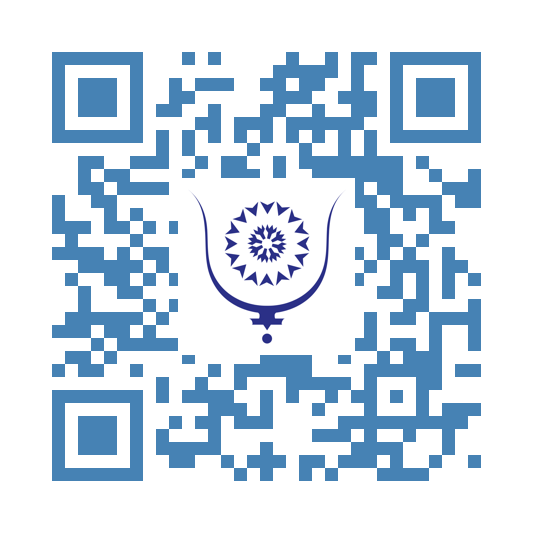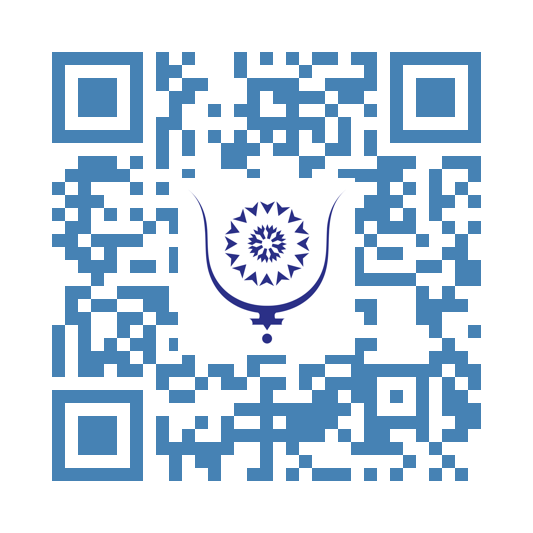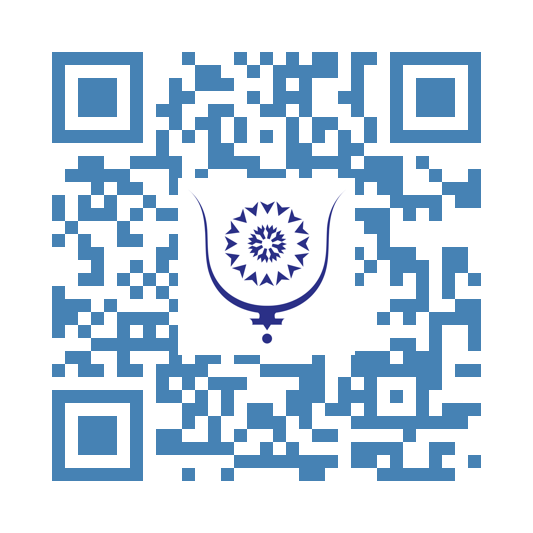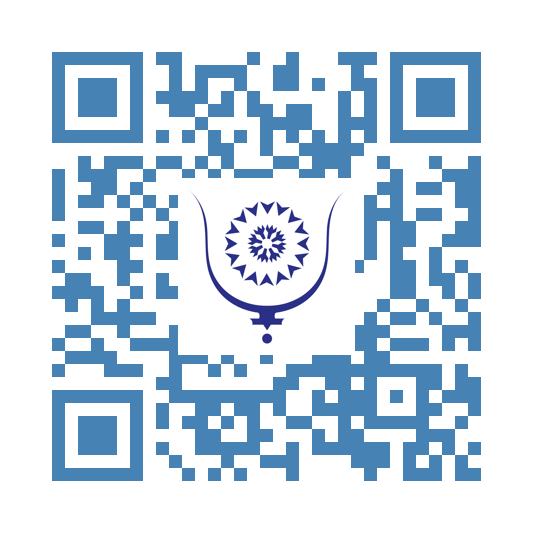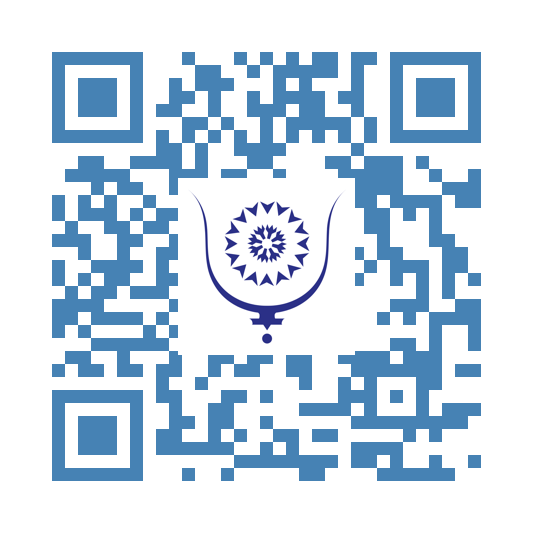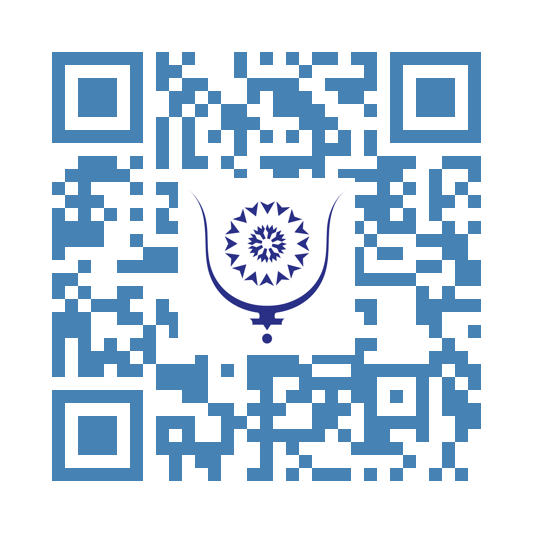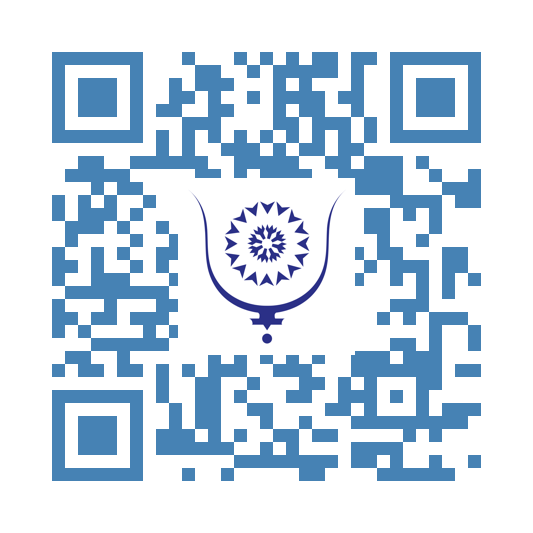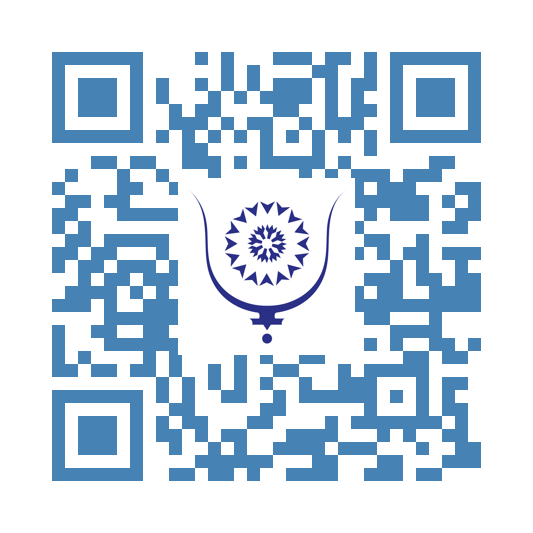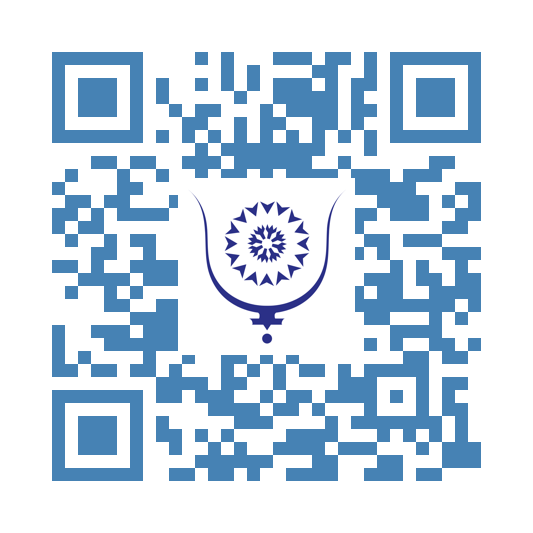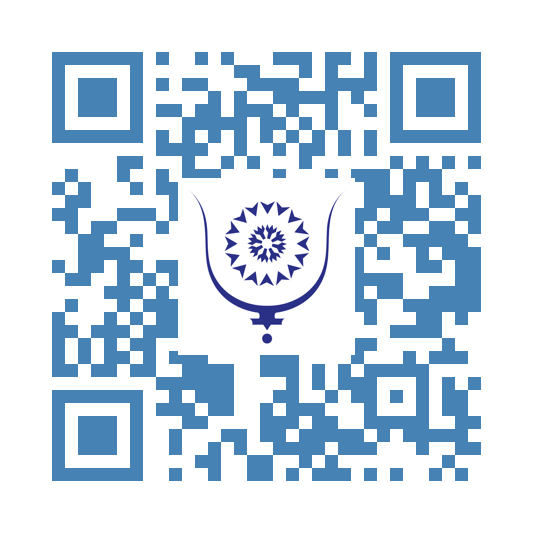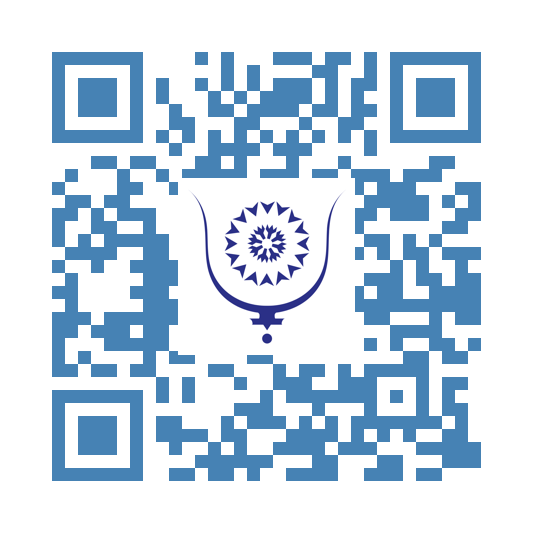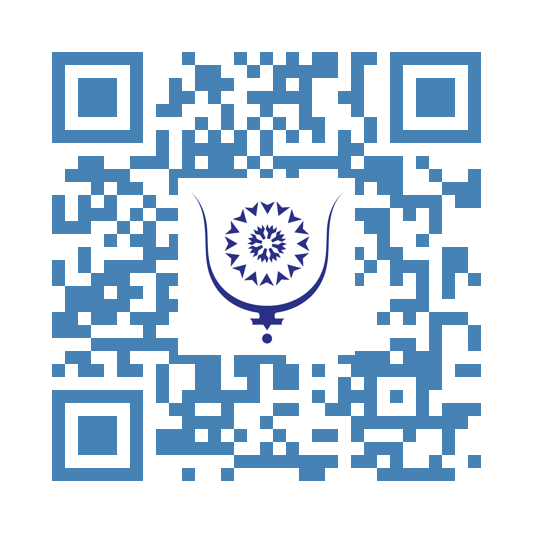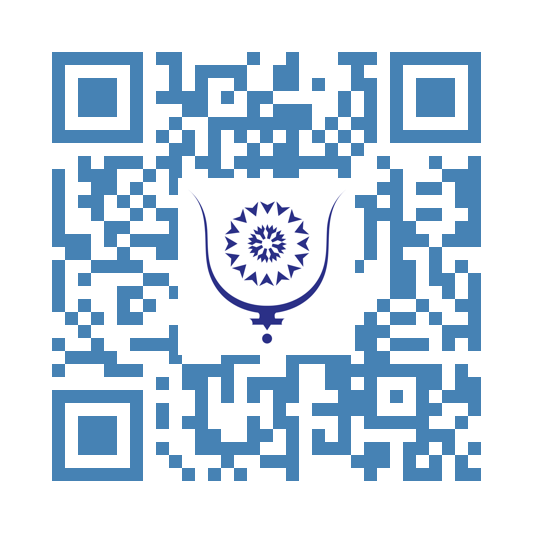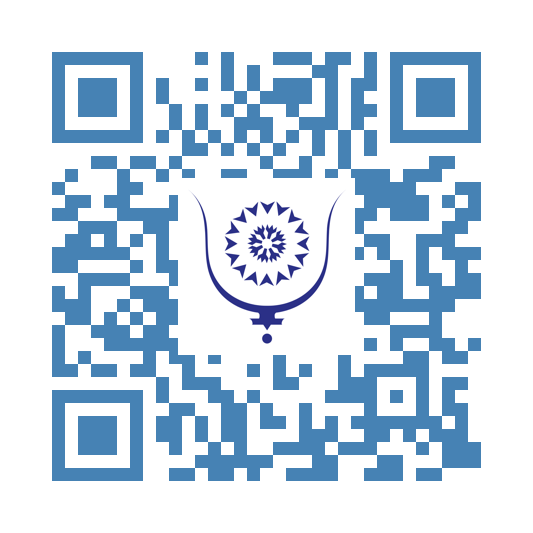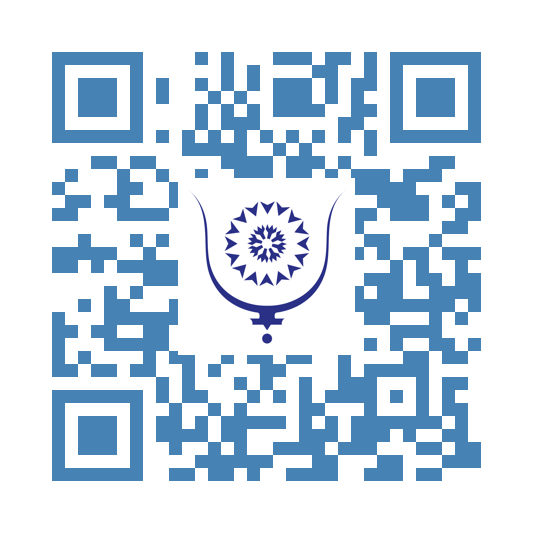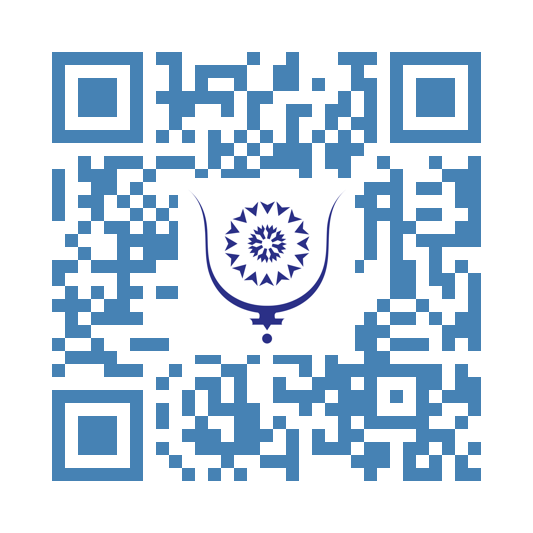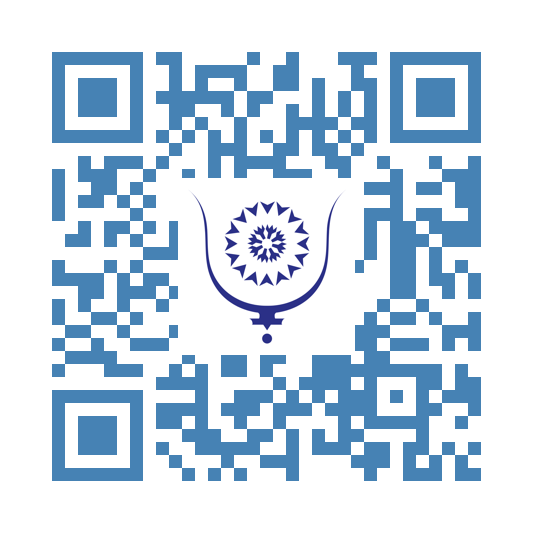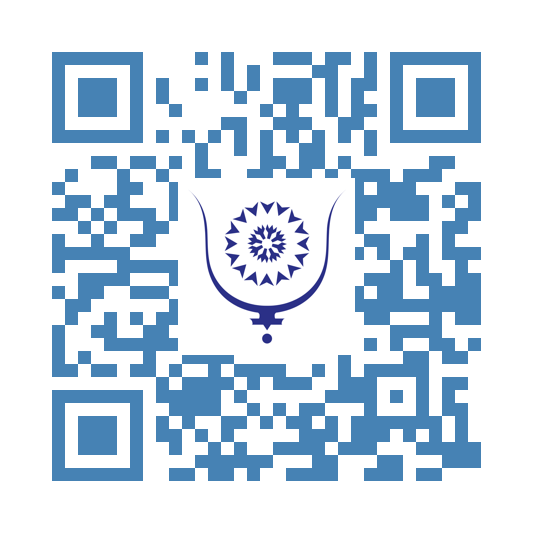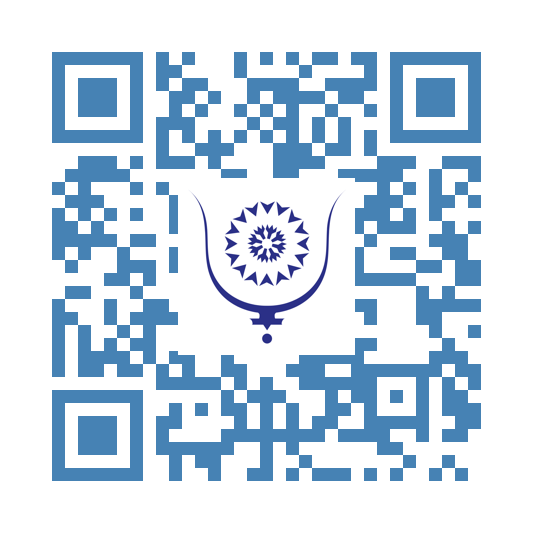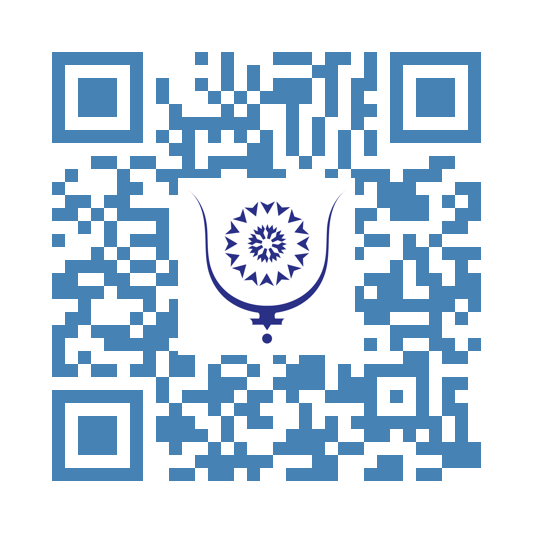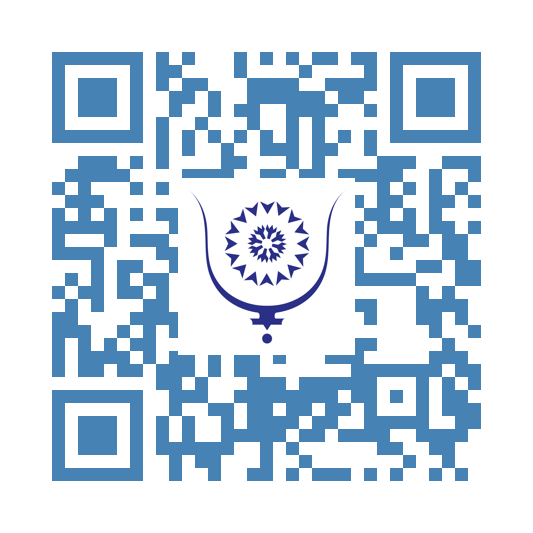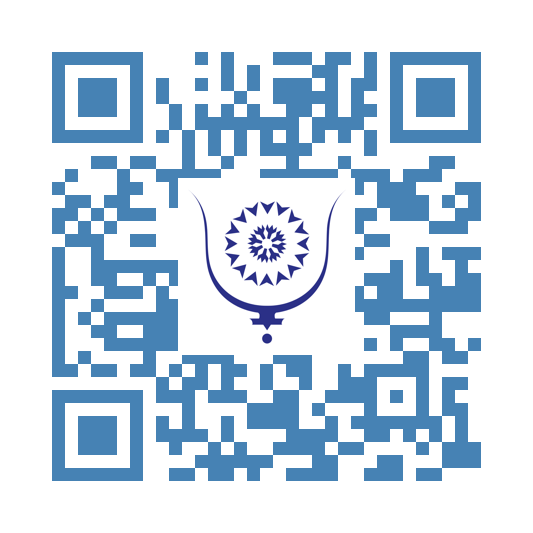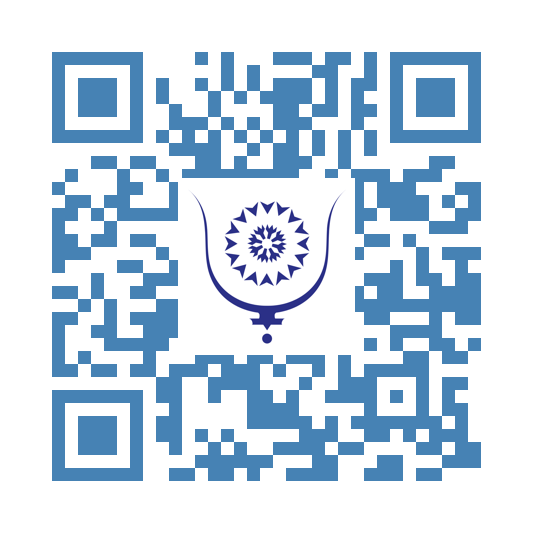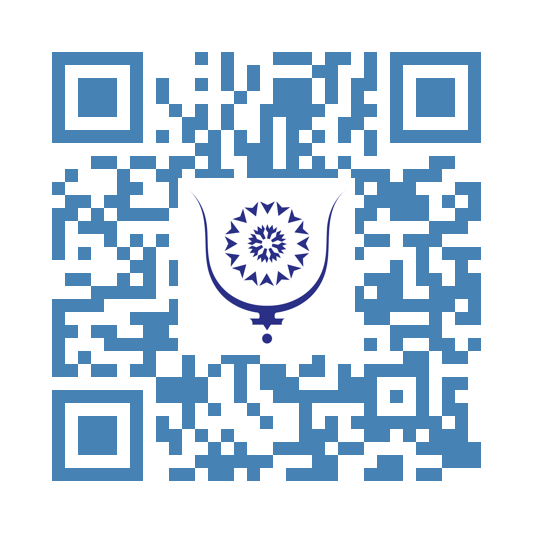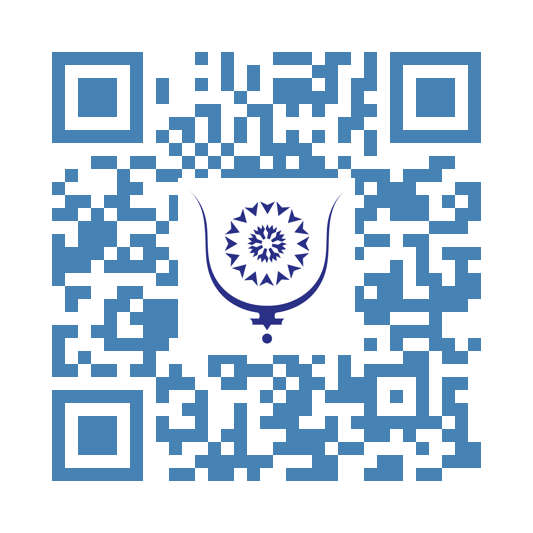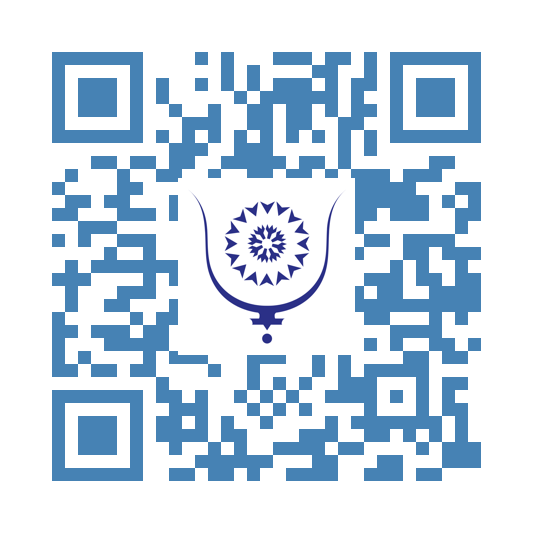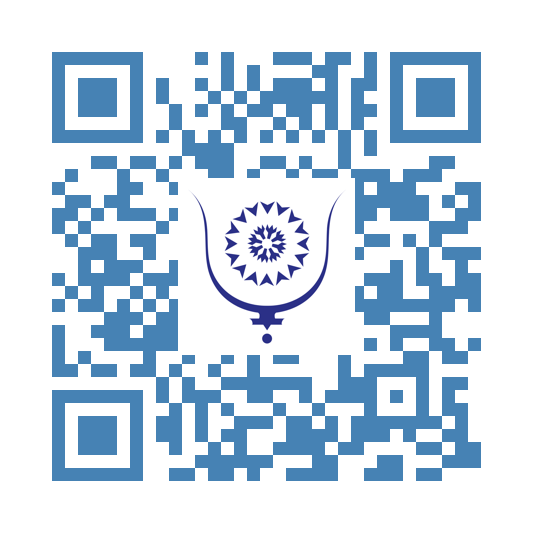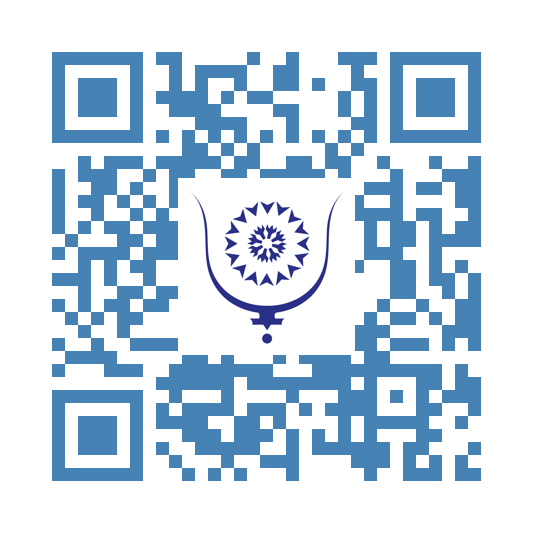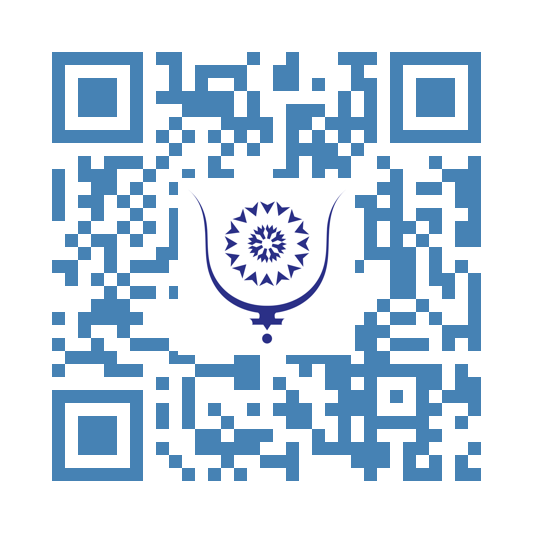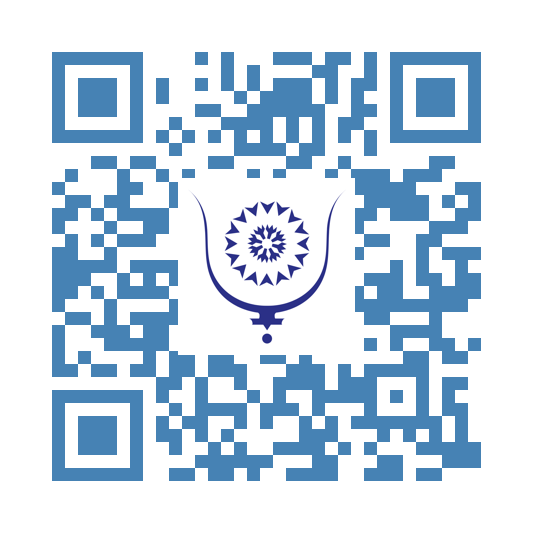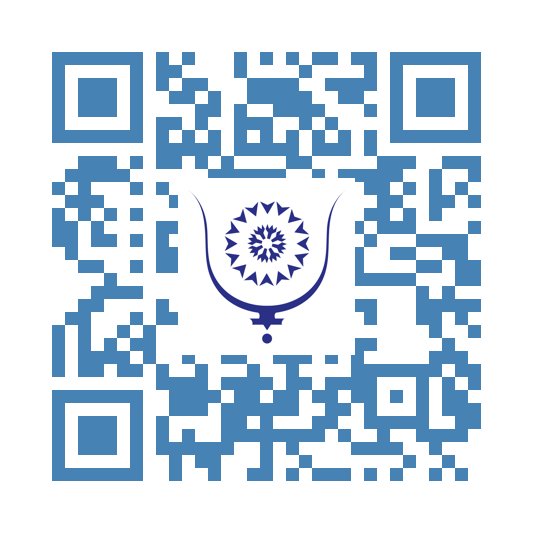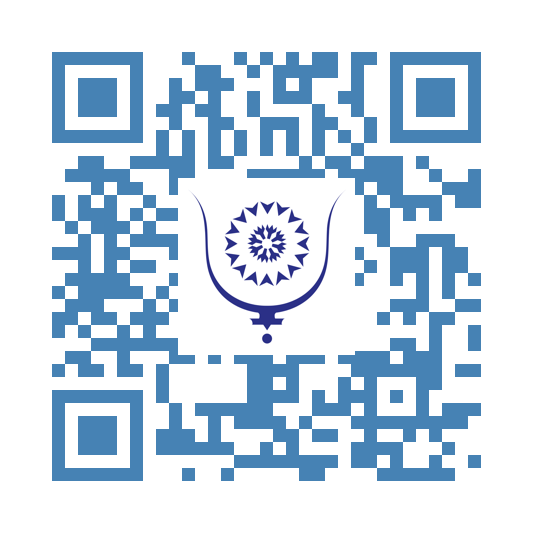Moroccan Anti-Doping Agency: We can't wait for a second caravan... 10372
It is not my intention to define doping, or to talk about doping techniques, or to list the consequences, or even to dwell on the techniques or procedures for combating this phenomenon, which no longer taints elite sport in particular but has become a social phenomenon, given the fact that many young people resort to certain products in order, they believe, to accelerate the effects of training on their musculature and physical appearance.
Others do it much better than I do.
Doping is not a new phenomenon. Some say that it has accompanied mankind for as long as sporting competition has existed. The first proven case in modern times dates back to 1865 and since then doping has never ceased to exist.
Doping in sport has been tolerated for decades, no doubt because of a lack of knowledge of its consequences for health, a lack of awareness of its immorality, and the fact that it has long been the basis of sports policies for certain powerful states with the means to do so, but above all with a mastery of certain techniques, the underpinnings of technology and other advanced scientific aspects.
Nowadays, things are clearer, and the international community is all on the same side. It condemns doping. It has criminalised it and set itself the goal of eradicating it.
All the countries of the world and all the international and national sporting bodies are united in their determination not to accept the phenomenon of doping and to fight against it.
There is now an international body to which everyone has subscribed and to which they refer. It sets the course and dictates to everyone the path to follow. Many countries, including Morocco, have gone even further and criminalised doping by making the use of and trade in so-called doping products part of their criminal law, with heavy penalties.
Every country in the world has set up independent bodies whose sole mission is to combat doping. Better still, governments and national Olympic committees are obliged to fund, support and guarantee the total independence of national anti-doping agencies.
Testing techniques have evolved to such an extent that no-one can escape punishment. The international sporting community has gone so far as to preserve samples taken from athletes for a very long time, only to return to analyse them years later, using techniques that are becoming more sophisticated and more precise every day. Today, athletes are convicted of doping and penalised on the basis of samples taken eight years earlier. Others are sanctioned on the basis of abnormal variations found in their biological passports.
In other words, the fight is total.
The only thing that is easy to do is to tackle doping among well-known and recognised sportsmen and women. They are identified and within reach of the agencies. What remains is the possibility and effectiveness of the system among the young and not-so-young, who are neither registered with a club affiliated to a federation nor have the ambition to take part in any kind of competition. Many use doping products or simply food supplements that may be contaminated with doping molecules.
The Moroccan agency AMAD had the brilliant idea of organising an awareness-raising caravan aimed at the general public and young people. It visited all twelve regions of the country. For more than a year, its teams and staff, accompanied by experts and sports personalities, were constantly informing, reminding and raising awareness, not just of the legal aspects, but also of the harmful effects and consequences of the use of certain products, supplements or food supplements, on the health of the individual and therefore on a public health level. The aim was to make young people aware of the catastrophic consequences of doping on their physical and mental health, on their life in society, and on their reputation and that of their country in the case of sportsmen and women. I'm sure that everyone understands this.
But the understanding and support of each individual in his or her own little corner is not enough. Our sportsmen and women and all our sports leaders, PE teachers and sports coaches must all contribute to the Kingdom's tireless fight against doping. They must act as relays to counter what is said and done here in their clubs, schools and neighborhoods.
While it is not proven that any product can make you a great champion, it is certain that doping automatically damages an individual's health and leads to criminality. It can even make you a disgrace to your family and tarnish your country's reputation.
The Moroccan National Olympic Committee is sparing no effort to contribute to this innovative drive, which is now taking shape and developing. Our mission as citizens is to be present, alongside the Royal Moroccan Sports Federations, the Ministry of Sport and, of course, the national anti-doping agency, AMAD.
Morocco is now a model in this fight. It has a strong legal arsenal and an effective, competent anti-doping body, and we welcome this. Morocco's experience is watched with interest, and its cooperation is sought by many African countries, among others. As a result of this confidence, WADA President Dr Fatima Abouali recently won the confidence of her African peers, who elected her President of the African Union of Sports Medicine (UAMS).
Doping is the enemy of us all, and those who practise it, trade in it or encourage our young people to resort to it are deliberately placing themselves on the fringes of society.
Above all, sport is about honesty.
Doping means condemning yourself to dishonesty. We will never allow one of our own to be dishonest. We can't wait for a second caravan…
You are leaving Bluwr.
We cannot guarantee what's on the other side of this link:

